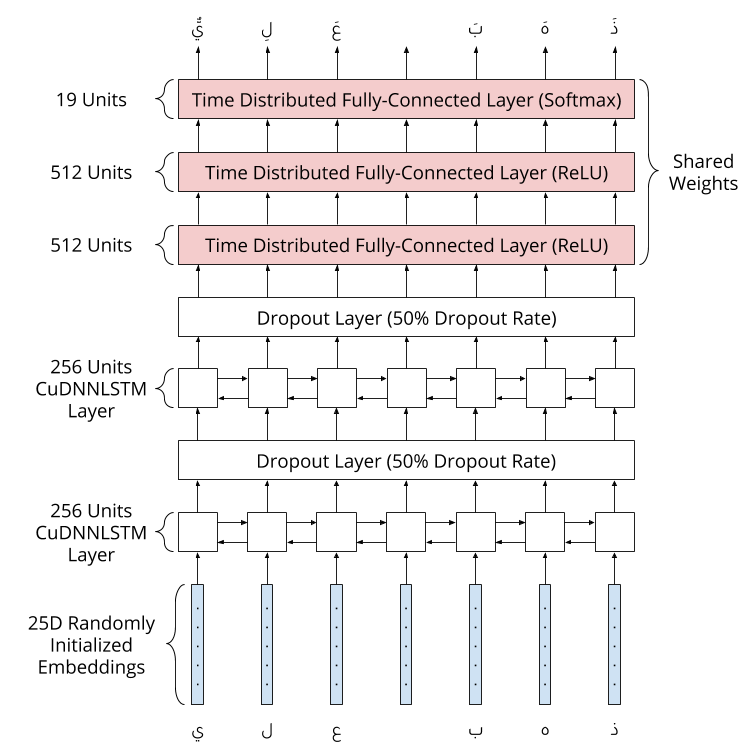Block-Normalized Gradient Method: An Empirical Study for Training Deep Neural Network
In this paper, we propose a generic and simple strategy for utilizing stochastic gradient information in optimization. The technique essentially contains two consecutive steps in each iteration: 1) computing and normalizing each block (layer) of the mini-batch stochastic gradient; 2) selecting appropriate step size to update the decision variable (parameter) towards the negative of the block-normalized gradient. We conduct extensive empirical studies on various non-convex neural network optimization problems, including multi-layer perceptron, convolution neural networks and recurrent neural networks. The results indicate the block-normalized gradient can help accelerate the training of neural networks. In particular, we observe that the normalized gradient methods having constant step size with occasionally decay, such as SGD with momentum, have better performance in the deep convolution neural networks, while those with adaptive step sizes, such as Adam, perform better in recurrent neural networks. Besides, we also observe this line of methods can lead to solutions with better generalization properties, which is confirmed by the performance improvement over strong baselines.
PDF Abstract ICLR 2018 PDF ICLR 2018 Abstract
 CIFAR-10
CIFAR-10
 MNIST
MNIST